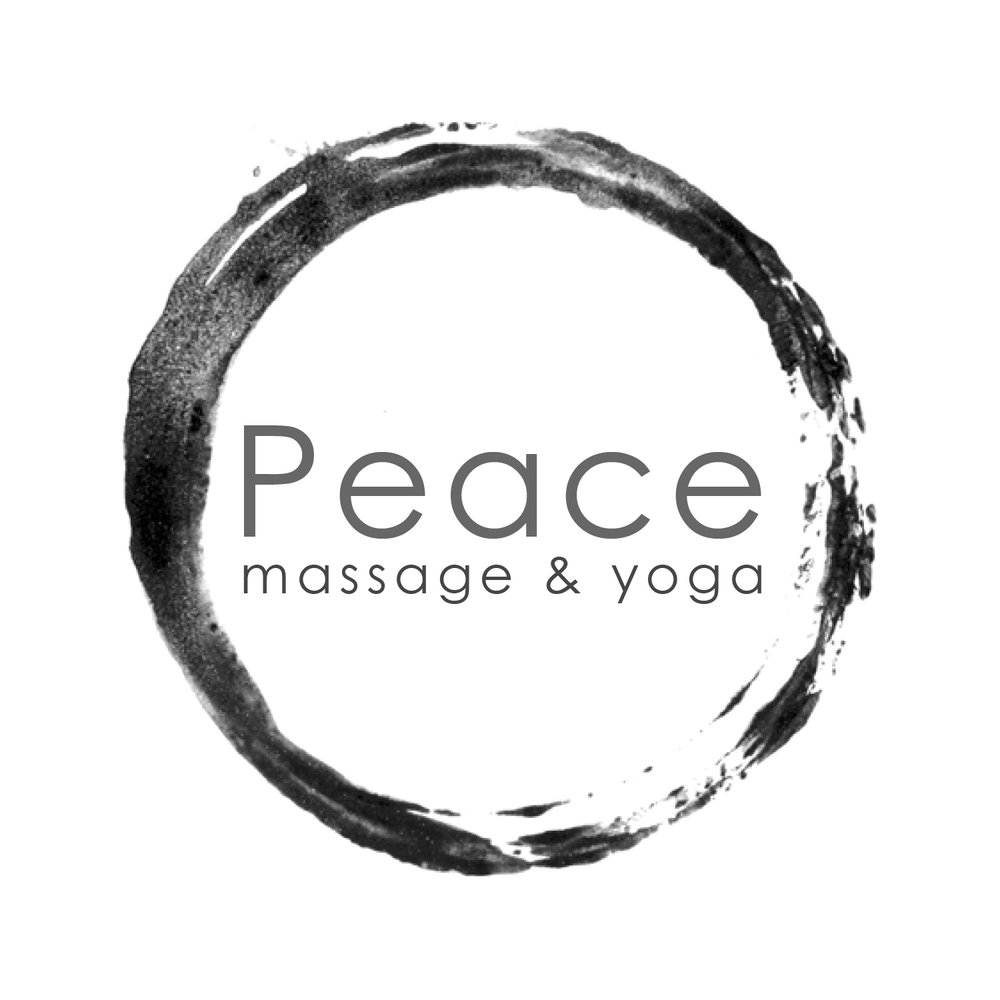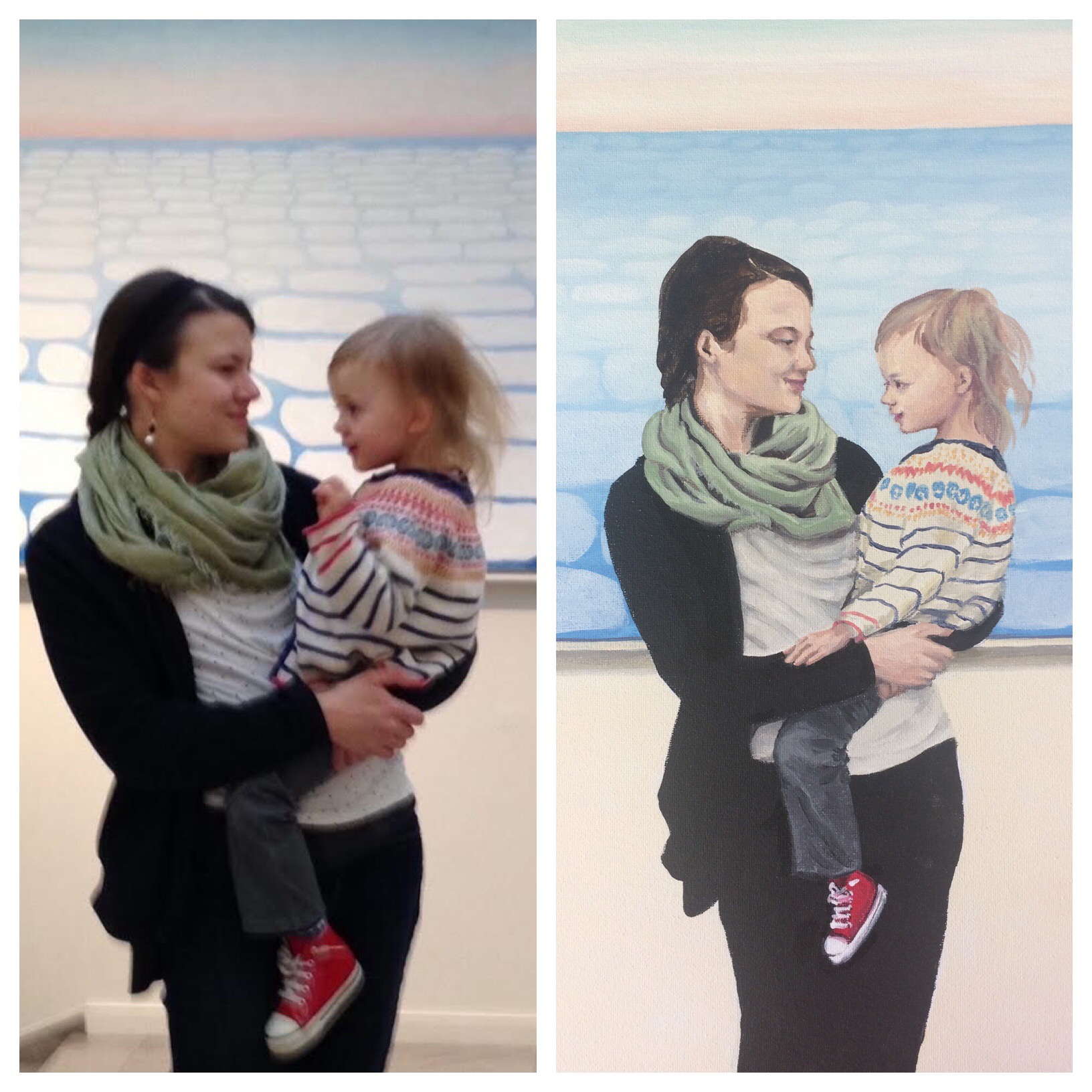As we prepare to move back to Colorado, Kelly is wrapping up his apprenticeship with Mark Skudlarek at Cambridge Pottery. It has been amazing to live on Tranquil Lane (not kidding) and experience the seasons of life in the pottery.
Mark is a production potter, which means that he makes functional pieces for daily life. His showroom includes: mugs, plates, lamps, casseroles, his famous 'chicken-bricks,' beer steins, planters, large-scale vessels, treasure boxes for your dresser...
Large vessels, a mug, and the kiln in the background - all by Mark
Speaking of one of his pottery mentors, Warren McKenzie, Mark articulates that the 'work-of-art' in pottery is the entire lifestyle, facility and process:
- Making clay and glazes from raw materials
- Chopping and stacking wood for home and kiln
- Turning pots (as Mark likes to say)
- The wood firing, a 5-day process that happens twice a year producing a few thousand pots.
- Home, family and community who gather around the pottery and its events
This process is called the production cycle and flows with the seasons, culminating in a tour in fall and spring. When someone takes home a piece of pottery, it becomes part of their life and they continue this creative process.
It has felt natural to practice meditation as we have lived with Mark in his artisan lifestyle for this year. Many days, I would bring my easel into the workshop and paint alongside the potters.
We leave Tranquil Lane with a bittersweet sigh and a sense of gratitude as we say farewell for now to Mark and the boys. We will take methods and inspiration for pottery, life and art with us into our next chapter.
Check out Mark's work at www.cambridgepottery.com










